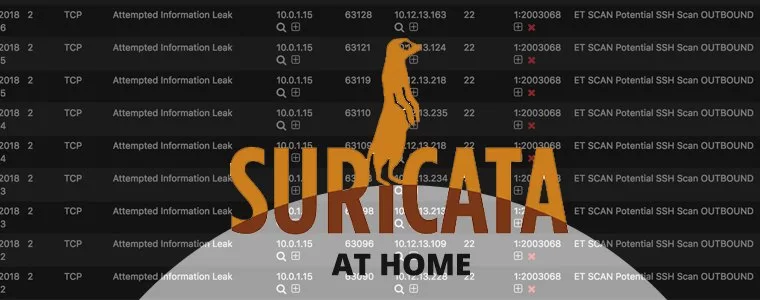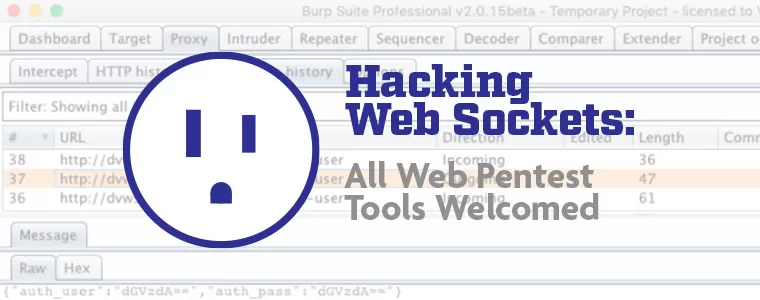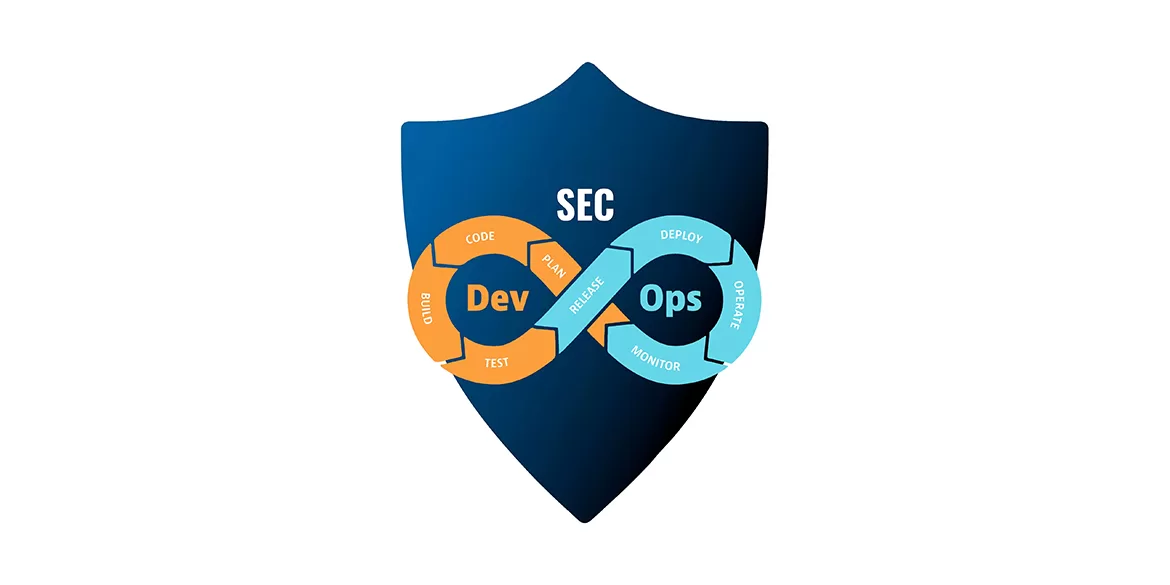
What is “Shift Left”?
The term “Shift Left” is gaining traction as a powerful strategy to fortify digital defenses from the earliest stages of development. But what exactly is Shift Left, and why is it becoming a pivotal step in securing web applications? Let’s break it down in simple terms.
Understanding the Shift: Left vs. Right
Imagine the journey of building a web application as a timeline. Traditionally, security concerns were addressed more towards the end of this timeline – the “Right” side, closer to the application’s deployment. However, with the evolving threat landscape and the need for proactive security measures, the industry is making a conscious move towards addressing security much earlier in the development process – hence, “Shift Left.”
Shift Left Defined
In layman’s terms, Shift Left is a shift in mindset and practices, urging developers and security teams to integrate security measures right from the inception of a web application, rather than tacking them on later. It’s akin to building a sturdy foundation for a house before adding the walls and roof – ensuring that security becomes an integral part of the entire development lifecycle.
The Traditional Approach: Reactive Security
In the old days (in tech terms, that could mean just a few years ago!), security concerns were often an afterthought. Developers would work tirelessly on crafting the application, making it feature-rich and user-friendly. Only when the finish line was in sight would the security team jump in, scanning the application for vulnerabilities and potential exploits. The downside? It was like trying to fortify a castle after it was already built. Any weaknesses found in the late stages meant going back, making changes, and often delaying the launch. Not an ideal scenario, especially when the digital landscape is swarming with cunning cyber threats.
The Shift Left Advantage
Now, imagine if security were an integral part of the development process right from the start. Shift Left introduces security considerations in the early phases – during planning, coding, and initial testing. It’s like having security architects present when the blueprints for the castle are drawn, ensuring that the castle is not just beautiful but also resilient.
1. Proactive Risk Mitigation:
By embedding security from the beginning, potential risks and vulnerabilities are identified and addressed as part of the ongoing development cycle. This proactive approach minimizes the chances of security surprises later on.
2. Cost-Efficiency:
Fixing security issues in the early stages is generally less time-consuming and costly compared to making changes in a fully developed application. Think of it as fixing a leaky faucet versus repairing a burst pipe – the former is simpler and less disruptive.
3. Speedier Development:
With security checks integrated early on, developers can work confidently, knowing that they are building on a secure foundation. This can lead to faster development cycles and quicker delivery of features to end-users.
How Does Shift Left Work?
Shift Left isn’t just a fancy term; it’s a set of practices that ensure security is interwoven into the fabric of the development process. Here are a few key components:
1. Security Training for Developers:
Educating developers about common security risks and best practices empowers them to write secure code from the get-go.
2. Automated Security Testing:
Tools and automated tests are employed throughout development to continuously assess the code for vulnerabilities. It’s like having a vigilant security guard on duty 24/7.
3. Collaboration between Teams:
Traditionally siloed teams, like developers and security professionals, collaborate closely. This ensures that security requirements are understood and implemented at every stage.
Why Shift Left Matters for Web Applications
1. Cyber Threat Landscape:
In today’s digital landscape, cyber threats are relentless. Hackers are continually probing for weaknesses, and Shift Left provides a proactive defense against these ever-evolving threats.
2. Data Protection and Privacy:
Web applications often handle sensitive user data. Shifting security left is crucial for safeguarding this data, ensuring privacy compliance, and building trust with users.
3. Regulatory Compliance:
Many industries have stringent regulations regarding data protection. Shifting left ensures that web applications meet compliance standards right from the outset, preventing compliance headaches down the road.
4. Enhancing User Trust:
A secure web application fosters user trust. By prioritizing security early in the development process, organizations send a powerful message to users that their safety and privacy matter.
Final Points on “Shift Left”
In the world of web application development, Shift Left is not merely a trend; it’s a paradigm shift towards building a more secure digital landscape. By embedding security considerations from the very beginning, organizations can construct robust, resilient, and user-friendly web applications that stand strong against the ever-present threats of the digital realm. It’s not just about coding; it’s about coding securely – from the left!











